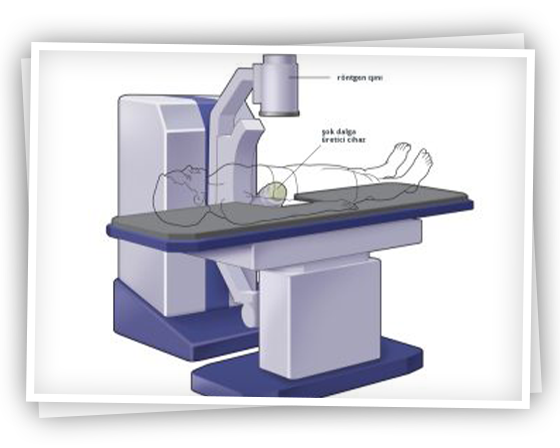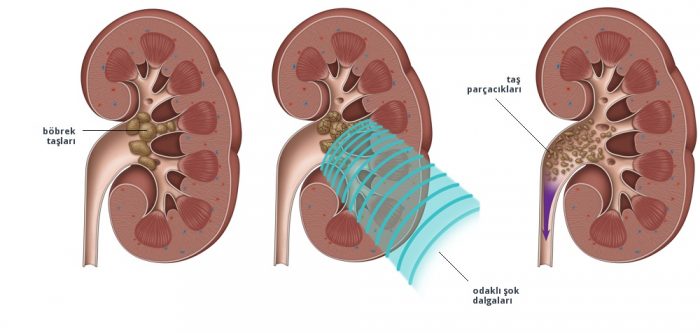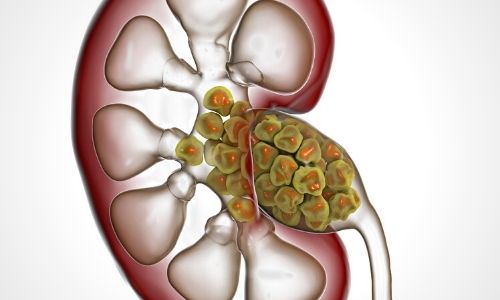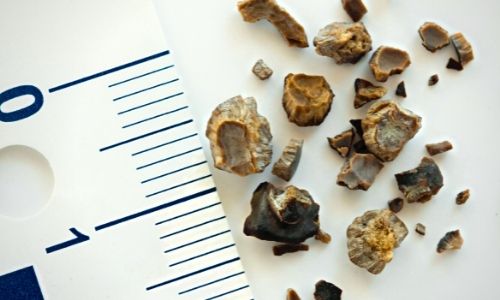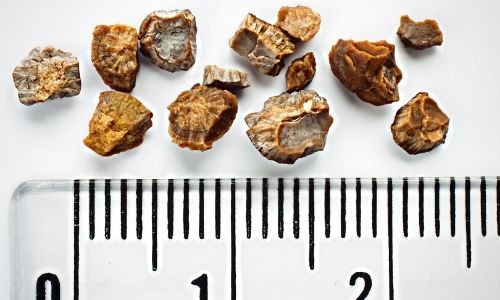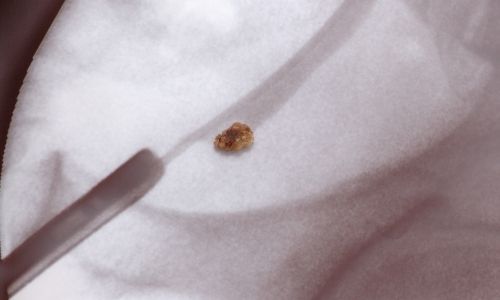ESWL
It is the process of breaking stones with short-signaled high-energy sound waves produced from an external device called a generator. The device consists of 3 main parts. A table on which the patient lies, a generator, and a water bladder where sound waves enter the body through the skin, and an X-ray or ultrasound device used to focus the stone. With the ESWL method, sound waves entering the body from the skin break the stone into small pieces and these very small stone pieces leave the body through the urinary tract.
